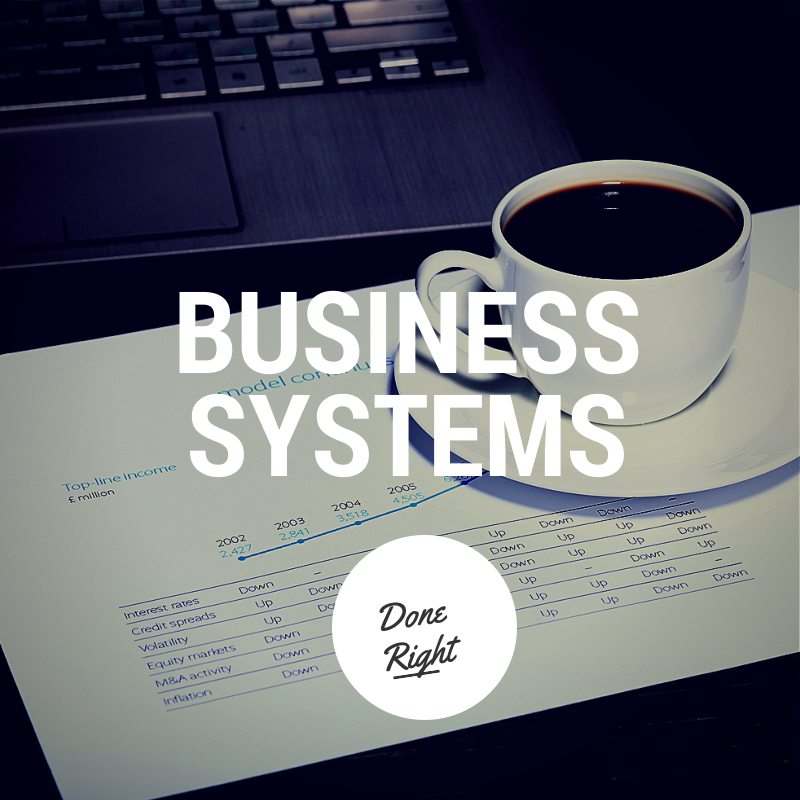Where to Start When Overhauling All Your Business Systems
As consulting professionals we often find ourselves in situations where we are spearheading the overhaul of a critical business system or set of systems. In each instance we are asked […]
As consulting professionals we often find ourselves in situations where we are spearheading the overhaul of a critical business system or set of systems. In each instance we are asked by clients where to begin. Do you start with the most complicated system? The system with the most users? The system that is being focused on by the executive team or project steering committee?
Most clients ask this question because they consider the decision critical and very complicated. They are imagining the future state of their new system after the project has been completed; along with all the bells and whistles that the system will bring to the table. Features and functionality such as automated emails, complex reports, workflow rules, etc. And who can blame them as these features and functionality are what make new systems so great.
When clients ask me these types of questions, I always answer the same way. “Let’s start with a core process within one department or functional area…”. I encourage clients to take one of their current business activities and to document its inputs, its process steps, and its outputs. I also encourage them to document the key metrics surrounding the process such as cycle time, defect rates, resource requirements, etc. Once they have this completed, the client will document the future state of this process and set the expectations for its performance. Only then will we begin developing the IT system or systems that will support the future state process.
During the course of this work, I am often prompted by clients for ways to speed up the above tasks. They are always seem to be looking for an ‘on’ switch that will turn the entire new system on. When this happens I remind the clients that it is critical that we continue to focus on the first core process before moving on to the next process. Failing to do so places the entire project at risk and could result in costly rework and/or missed improvement opportunities. In my mind this was an effective way to communicate the importance of completing the initial tasks that would help ensure the success of the entire project.
It was not until a few days ago that someone explained it better than I ever could. In his commencement speech to the class of 2014 at the University of Texas at Austin Admiral William McRaven provided the audience with ten important lessons from his time as a US Navy SEAL. The first and important step to changing the world, he explained, was to “start off by making your bed.” He echoed stories from his BUDs training when he was subjected to daily inspection from the training cadre. The cadre ensured the each trainee made their bed perfectly and to standard. McRaven’s belief was that it was of absolute importance to do the simplest task with perfection and consistency before moving on to the next task. In the world of IT and business consulting, this lesson rings true.
It does not matter if you are launching a new website, deploying a CRM, or building an e-commerce platform. This core lesson still applies. For example, with your website do your calls to action clearly encourage visitors to reach out to you? They should. With your CRM are your sales teams tracking each contact they make with clients. They should be. With your e-commerce platform is your checkout process easy? It better be. It is only after you master the simple tasks that you become prepared to tackle the complex ones.
I encourage you watch the entire speech (about 20 minutes) because his other 9 points are just as powerful as the first. Watch it here: http://www.utexas.edu/news/2014/05/16/admiral-mcraven-commencement-speech/













